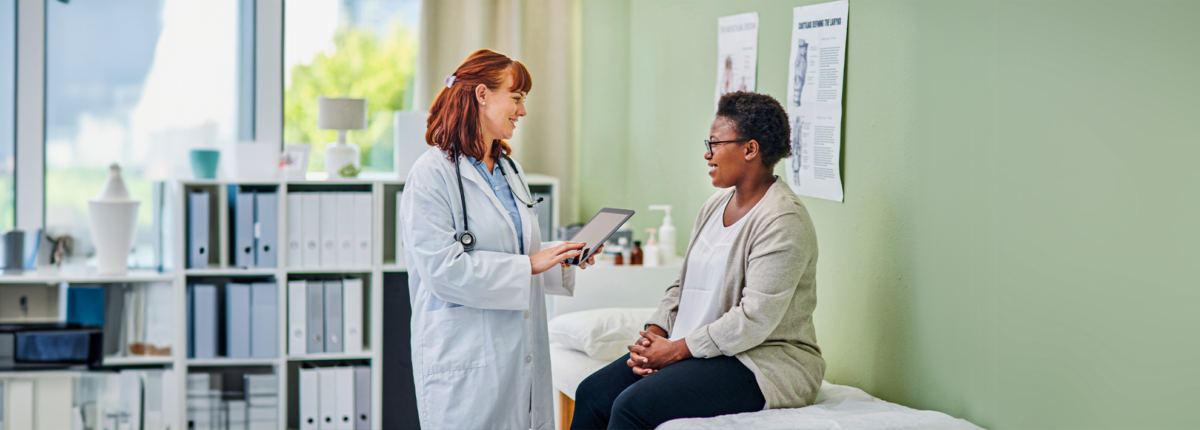How much does it cost to produce insulin?
Written by: Dana Howe
4 minute read
October 26, 2018
Editor’s Note: People who take insulin require consistently affordable and predictable sources of insulin at all times. If you or a loved one are struggling to afford or access insulin, click here.
Half of the estimated 100 million people worldwide who need insulin do not have reliable, affordable access to the medication that keeps them alive. The three largest manufacturers of insulin—Eli Lilly, Novo Nordisk and Sanofi—control 96 percent of the global market volume. Right now, there is no competitive biosimilar market to drive prices down. The lack of competition has resulted in price increases, intensifying the life-threatening issue of access to insulin both in the United States and abroad.
So how much does it actually cost to produce insulin? And if a truly competitive market existed, how much could insulin cost per person?
Researchers from Imperial College London, the Harvard TH Chan School of Public Health, and Liverpool University set out to answer these questions with support from the ACCISS study, aiming to improve access to insulin globally. A recent study estimated the price tag associated with creating regular human insulin, analog insulin and their biosimilars.
What is a biosimilar?
Biosimilars are insulins designed to work similarly to an insulin product that already exists and has previously been licensed. This allows for lower costs of research and development, streamlined governmental and regulatory approvals, and ideally lower costs for the product.
Few biosimilar insulin products have come to market in the United States. In some instances, current insulin manufacturers have taken active steps to prevent new biosimilars from coming to market. For more on this, read “Where are all the generic insulins hiding?”.
What is a “reasonable” price for insulin?
With an active, competitive biosimilar market, this study estimated a reasonable price for analog insulins to be between $78-130 USD per person per year (except insulin Detemir, which was higher). Regular and NPH was even lower—between $48-72 USD per year. Yearly costs are based on an average dosage of 40 units per day (a World Health Organization statistic).
The numbers proposed take into account not only manufacturing costs, but many of the other variables involved in production including the cost of active pharmaceutical ingredients, cost of other ingredients, cost of vials, cost of transportation, operating expenses and the added cost of bringing a new biosimilar to market. These numbers are “competitive but profitable” to manufacturers based on experts’ analysis.
This study makes suggestions in the context of government procurement of insulin directly from an insulin manufacturer. The numbers should be interpreted as a price point for what a government might expect to pay per person per year if they were negotiating a dollar amount directly with an insulin biosimilar manufacturer.
Why am I paying so much more than $130 per year for my insulin?
Right now, there is no competitive biosimilar insulin market. Not just in the United States—anywhere in the world. This study sites the insulin oligopoly, regulatory challenges and regular incremental developments in insulin as three reasons we haven’t seen the emergence of a healthy biosimilar market. In order for the low prices suggested here to become a reality, multiple new manufacturing competitors need to enter the ring.
Not only are the big three insulin manufacturers financially opposed to biosimilars entering the market, they’ve actively taken legal steps to prevent it. In July 2017, Merck received FDA approval for Lusduna Nexvue, a biosimilar of Lantus. It has not launched in the United States because of an outstanding lawsuit—Sanofi, maker of Lantus, sued Merck for patent infringement. Just this month, Merck announced that Lusduna will not come to market because of the cost associated with getting it there.
The answer to why you’re paying so much for insulin depends on where you live, what kind of insurance you have, and a slew of other variables. The study’s authors remind us: “final prices to patients or health systems may include additional mark-ups added during the supply chain. These mark-ups will vary between countries, as they may be subject to local negotiations, regulations and other factors. In some cases, these additional markups can be very large.”
The United States is one such case. For the majority of Americans, the insulin prices we see are not negotiated by the government but by a long list of supply-chain players. Private insurance companies, pharmacies and pharmacy benefit managers all have a hand in negotiations that impact the list price of insulin set by the manufacturer.
The $1200 price tag a patient in the United States might see for a month’s worth of insulin reflects the total of money exchanged throughout the supply chain. Exactly how much profit each cog in the insulin-pricing machine rakes in is unclear. Between insulin manufacturers and customers, insulin passes through wholesalers, pharmacy benefit managers (PBMs), pharmacies and insurance companies. The lack of transparency at every level makes it nearly impossible to understand the scope of the problem. Read more about the insulin-pricing machine here.
Rising costs are taking a more serious toll than ever because patients are increasingly paying the entirety of the massive price tag out of pocket every month. Health insurance plan design has changed—more people are being forced to pay full prices for the first several months of the year after switching to a high-deductible plan. That is, of course, if they are lucky enough to be insured at all.
These numbers put in sharp relief the remaining work there is to be done in insulin access globally. Less than $130 per person per year for modern insulin analogs represents an aspirational goal for a more affordable future. A future where no one dies because of a lack of access to insulin, with a competitive market made up of more than just three manufacturers, and where government regulation helps set affordable prices for insulin that everyone has access to.
Editor’s Note: People who take insulin require consistently affordable and predictable sources of insulin at all times. If you or a loved one are struggling to afford or access insulin, click here.

Author
Dana Howe
Dana was diagnosed with type 1 at the age of 8. Driven by her type 1 diabetes (T1D), Dana studied biology and community health as an undergraduate and went on to complete an MS in Health Communication from Tufts University. In the past, Dana has worked as a communications specialist with major hospitals as well as small nonprofits on topics ranging from cancer to pediatric device innovation. At Beyond Type 1, Dana works to unite the global diabetes community and to inspire everyone to find how they #LiveBeyond.
Related Resources

Already compatible with Dexcom’s G6 and G7 continuous glucose monitors (CGMs), the Omnipod 5 Automated...
Read more

The younger a person is diagnosed with type 2 diabetes, especially those with obesity, the...
Read more

The Oura Ring, which tracks things like sleep, heart rate, and activity, is joining forces...
Read more

